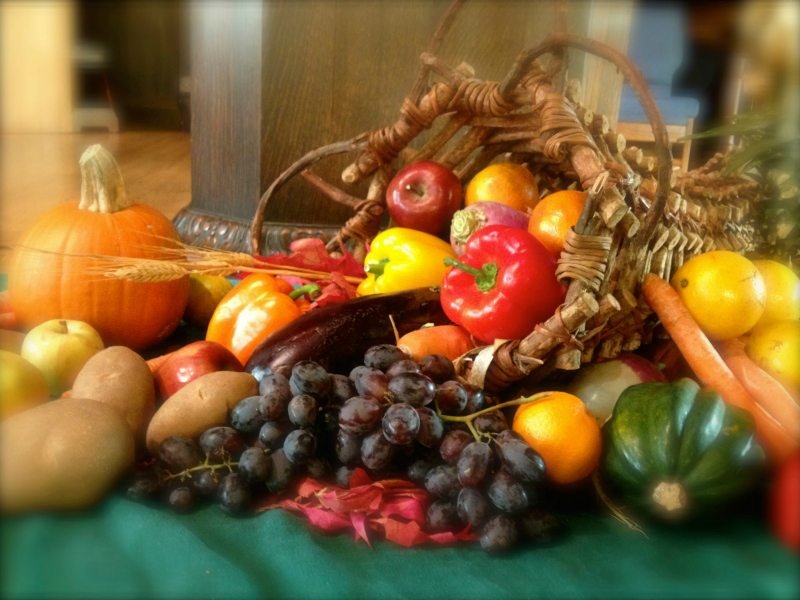
QUERCETIN
Capers (most concentrated source!)
Red Onion (highest vegetable source!)
Shallots
Red Apples
Grapes
Berries
Cherries
Scallions
Tomatoes (organically grown tomatoes have up to 79% more than conventional fruit)
Broccoli
Brussels sprouts
Cabbage
Citrus fruits
Bell peppers (green and yellow)
Nuts (almonds and pistachios)
Asparagus (cooked has slightly more)
Buckwheat
Black Tea
Elderberry Tea
SPERMIDINE (this is a protein, it will help long covid, as well)
- Green Peas
- Broccoli
- Cauliflower
- Soy Beans
- Lentil Beans
- Grapefruit
- Red Grapes
- Blueberries
- Bananas
- Mangos
- Hazelnuts
- Shiitake Mushrooms
- NOTE THAT WHEAT GERM, CURCUMIN, BLACK CUMIN SEED, SUNSHINE AND INTERMITTENT FASTING ALSO HELP WITH LONG COVID (eating between 8 a.m. and 2 p.m. – instead of between 8 a.m. and 8 p.m.)
ZINC
- Legumes
including lentils, beans, chickpeas - Nuts
including walnuts, cashews, almonds, etc. - Seeds
including sesame, chia, hemp, pumpkin, ground linseed - Oats
- Quinoa
- Tofu
Made from soybeans, so it is a processed legume
VITAMIN C
- blackcurrants
- pepper (red and green)
- kale
- papaya
- spring greens
- cranberry juice
- strawberries
- Brussels sprouts
- broccoli
- cabbage
- mange-tout (snap & snow peas)
- cantaloupe
- kiwi
- grapefruit
- mango
- oranges
- watercress
- raspberries
- tomatoes
- cauliflower
- potatoes
- pineapple
- spinach
- parsley
VITAMIN D
- Mushrooms
all edible varieties - Fortified Plant Milk
- Fortified Juices
- Fortified Cereals
- SUNSHINE!
COPPER (zinc depletes copper)
- Wholegrains
(wholewheat spaghetti, oats, wholemeal bread, quinoa and brown basmati rice) - Nuts (peanuts, cashews, walnuts, Brazil nuts and almonds)
- Seeds (sunflower seeds and sesame seeds)
- Pulses (legumes) (lentils, adzuki beans, baked beans, edamame, kidney beans)
- Dried Apricots
- Mushrooms
- Spinach
Treatment for Viral Infections
Flavonoids have proven antibacterial and antiviral effects. Numerous laboratory studies have shown that certain flavonoids prevent cell replication of H1N1 flu, HIV, SARS, and RSV viruses. Further research is needed to determine how flavonoids work in the body against viruses, and whether they could be an effective preventative measure.
Foods With Flavonoids
Many plant foods are rich in flavonoids, therefore, increasing fruits and vegetables in your diet is the easiest way to obtain them. These 10 foods are some of the best sources of dietary flavonoids available:
- Berries
All berries contain flavonoids, but certain varieties are more potent than others. Blackberries are particularly powerful and include all six types of flavonoids. Blueberries, cherries, and raspberries also contain all flavonoids. Strawberries have moderate amounts of anthocyanidins. - Red Cabbage
Another great dietary source of anthocyanidins is red cabbage. Anthocyanidins, in particular, have been studied for their protective effects against cancer, cardiovascular disease, diabetes, and age-related cognitive disorders. - Onions
Onions form the basis for a multitude of cuisines, and it’s no wonder why. This humble vegetable is a powerhouse of nutrients and adds flavor to any dish. Onions are a great source of flavonols, which can reduce the risk of prostate cancer. - Kale
Another great source of flavonols is kale. Kale leaves make an excellent base for salads and can be added to soups and stews to boost their nutritional value. If you don’t care for the taste, add kale in smoothies and protein shakes to hide the taste. - Parsley
Parsley provides more flavonols in the American diet than any other food. Parsley contains over 130 milligrams of flavonols per gram. Add it to soups and sauces, or sprinkle over dishes before serving. - Tea
The easiest way to add flavonoids to your diet is to drink tea. Green, oolong, and black teas all contain high levels of flavanols, which have been studied for their benefits to cardiovascular and cognitive health. - Red Wine
Another great source of flavanols is red wine. Red wine in moderation has multiple health benefits, especially with lowering risks of cardiovascular disease. - Dark Chocolate
Chocolate and cocoa are both high in flavanols. Cocoa, in particular, has been studied for its cognitive-boosting properties and its protective effect on the cardiovascular system. - Citrus Fruits
Citrus fruits like oranges, grapefruit, tangerines, lemons, and limes contain flavanones. Juicing these fruits results in even more concentrated availability of these healthy plant compounds. You can also squeeze fresh lemon or lime juice into ice water to add nutritional value. - Soybeans
Soybeans come in a variety of different forms and are the best source of isoflavones. Eating edamame, tofu, tempeh, and soy sauce are great ways to increase isoflavones in your diet. Isoflavones have been studied for their protective effects against reproductive cancers like breast, ovarian, prostate, and testicular cancer.
PS Brazil nuts are very high in magnesium, but also fat. Also prunes scored number 1 in the ORAC (Oxygen Radical Absorbance Capacity) test, which means they resists diseases like heart disease, many forms for cancer, Alzheimer’s Disease, arthritis, stroke, allergies, chronic fatigue and aging in general.
Some vegans like to eat one Brazil nut and one prune each day!